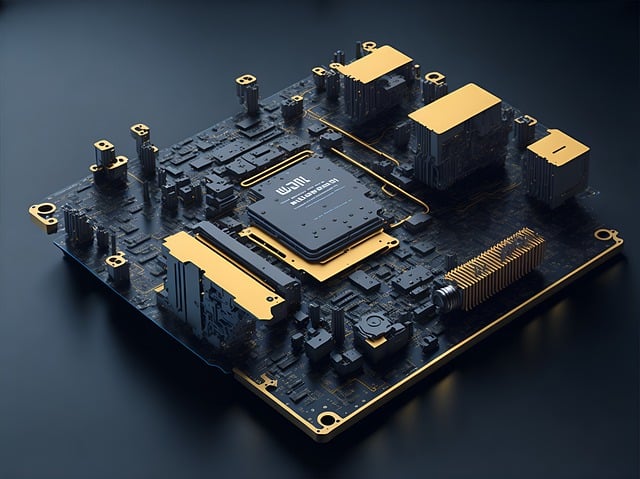Introduction
Embedded systems are ubiquitous in today’s technology-driven world, powering everything from household appliances to sophisticated medical devices and automotive systems. At the heart of embedded systems development lies the C programming language, a staple for engineers working in this domain. Despite the emergence of newer programming languages, C remains a crucial tool due to its efficiency, control, and broad adoption.
The Role of C in Embedded Systems
Efficiency and Performance
One of the primary reasons C is preferred in embedded systems is its efficiency and performance. Embedded systems often have limited resources, such as memory and processing power. C provides low-level access to memory and hardware, allowing developers to write highly optimized code that can run efficiently on constrained devices.
Hardware Control
Embedded systems typically require direct interaction with hardware components. C’s ability to manipulate hardware registers and memory addresses directly makes it ideal for such tasks. This level of control is essential for writing device drivers and firmware, which need to interface closely with the hardware.
Portability and Standardization
C is a standardized language, governed by ISO standards, which ensures consistency across different platforms. This portability is crucial in embedded systems, where the same code may need to run on different microcontrollers or processors. C’s wide adoption and standard libraries make it easier to maintain and port code across various hardware configurations.
Pros of Using C in Embedded Systems
- High Performance: C allows for the development of highly efficient and fast-executing code, essential for real-time applications in embedded systems.
- Low-Level Hardware Access: C provides the ability to interact directly with hardware, enabling fine-grained control over device behavior.
- Portability: C’s standardization ensures that code can be easily ported across different platforms and architectures.
- Wide Adoption and Community Support: C has a large community of developers and a wealth of resources, making it easier to find support and solutions to common problems.
- Rich Set of Libraries: C comes with a comprehensive set of standard libraries that simplify many common programming tasks.
Cons of Using C in Embedded Systems
- Manual Memory Management: C requires explicit management of memory allocation and deallocation, which can lead to errors such as memory leaks and buffer overflows.
- Complexity and Steep Learning Curve: C’s syntax and concepts, such as pointers and manual memory management, can be challenging for beginners.
- Lack of Modern Features: C lacks some of the modern features found in newer languages, such as object-oriented programming and garbage collection.
- Debugging Challenges: Debugging low-level hardware interactions and memory issues can be complex and time-consuming.
Skillset Needed to Become an Embedded Software Engineer
- Proficiency in C Programming: A deep understanding of C, including pointers, memory management, and low-level programming, is essential.
- Knowledge of Microcontrollers and Processors: Familiarity with different types of microcontrollers and processors, and how to program them.
- Understanding of Embedded Systems Architecture: Knowledge of embedded systems architecture, including real-time operating systems (RTOS), interrupts, and peripheral interfaces.
- Hardware Interfacing: Skills in interfacing with hardware components, such as sensors, actuators, and communication modules.
- Debugging and Troubleshooting: Strong debugging skills, including the use of tools like oscilloscopes, logic analyzers, and in-circuit debuggers.
- Experience with Development Tools: Proficiency in using development environments, compilers, and version control systems.
- Knowledge of Communication Protocols: Understanding of communication protocols commonly used in embedded systems, such as I2C, SPI, UART, and CAN.
- Problem-Solving and Analytical Skills: Strong analytical and problem-solving abilities to diagnose and resolve issues in embedded systems.
- Attention to Detail: Precision and attention to detail, essential for writing reliable and efficient code for resource-constrained devices.
Conclusion
The C programming language remains a cornerstone of embedded systems development due to its efficiency, control, and portability. While it comes with challenges such as manual memory management and a steep learning curve, its benefits far outweigh the drawbacks for many embedded applications. Aspiring embedded software engineers must master C and develop a broad skillset encompassing hardware knowledge, debugging proficiency, and familiarity with development tools and communication protocols. With these skills, they can harness the full potential of C to create innovative and reliable embedded systems.



